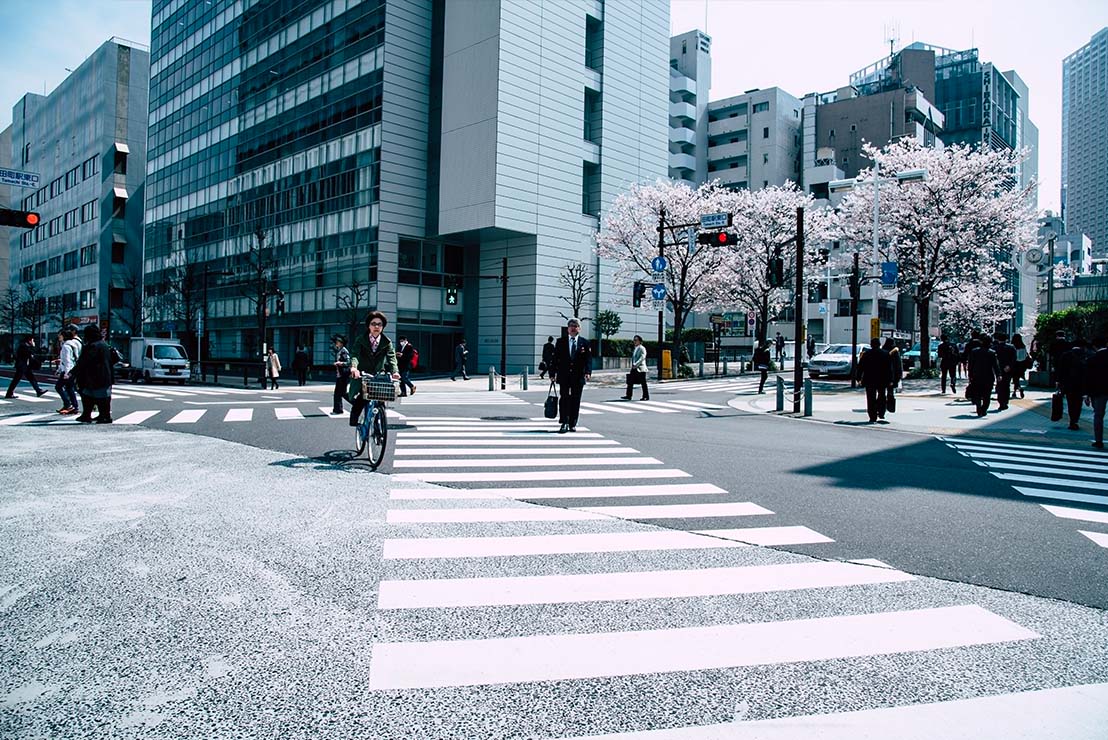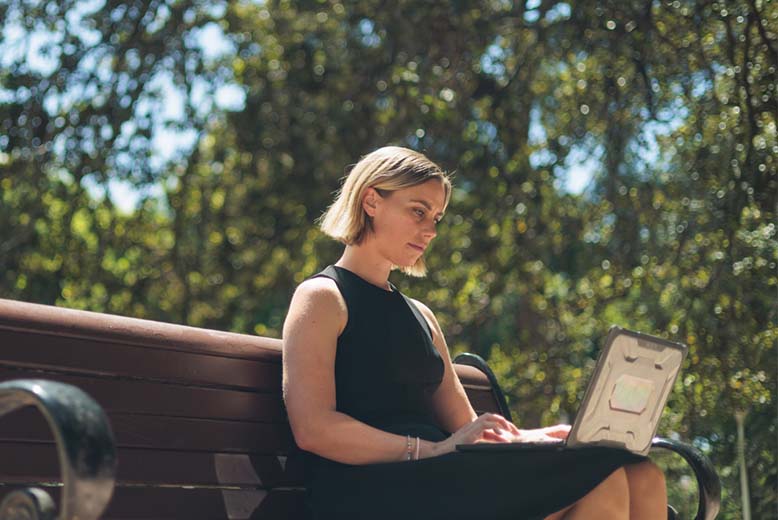7 things to know about studying beginner’s Japanese
7 things to know about studying beginner’s JapaneseBy Stephanie Oley
Spoken by an estimated 130 million people, Japanese is the ninth-most spoken language in the world. It’s also a ticket to understanding the country’s people, food, arts and culture. Here, CCE Japanese language facilitator Mayumi Fukuda-Oddie shares her response to some frequently asked student questions.

We start by learning to recognise and pronounce basic vocabulary. It’s a noisy and fun setting, and none of the students worry too much about how they sound at first. You just need to open up and have a try.
Any participants with prior experience of Japanese find they can share their knowledge and support others, which adds to the dynamic nature of the classes. Of course, your facilitator is there to guide and support you further.
The Japanese 101 Beginner’s Course introduces students to Japanese greetings, simple introductions, and essential vocabulary such as your family or favourite foods. Students will also gain an introduction to the Japanese writing system.
At the end of each class, you’ll be encouraged to reflect on your studies, and note progress in your workbooks. That way, you’ll get used to taking a proactive approach to your learning as well.
In our follow-up courses Japanese 102 and Japanese 103, you will start to progress much more quickly. You’ll be able to talk about your hobbies, make plans, recognise train station and taxi signs, and much more.
If you’ve done some Japanese before, make sure to read each course description closely, or reach out to the CCE team, to check which course might be best for you.
Absolutely. Learning about culture is an important part of studying any language, and Japanese is no exception.
Beginners will learn etiquette basics, such as correct greetings, how to exchange business cards, and what to do with your shoes when you enter a house (Incidentally, the correct protocol is to remove your shoes at the entrance, place them side-by-side with toes facing the door, and step into a pair of slippers that the host provides. Then continue into the house).
Students will also learn about iconic seasonal events and the custom of gift-giving.
This really depends on the individual student, as everyone has a different experience of learning languages. However, in general I would say that students find reading and writing more difficult than speaking and listening.We start learning Japanese scripts right from the beginning, and students are quickly rewarded by any progress they make. It’s very exciting for them to go to a store and recognise the characters for ‘coffee’, ‘rice’ or other basics.
Japanese grammar and pronunciation is not complicated, which is why listening and speaking the language seems easier for many students to master. Many students attend CCE courses to learn Japanese before travelling to Japan,or to interact better with Japanese friends and extended family. Preparing for these situations makes them more motivated to learn speaking and listening skills.
Don’t worry – you’ll find that your learning journey takes on a life of its own! Firstly, our course materials are interesting and engaging. Also, you’ll be able to access an online portal to view or download resources including audio, video, vocabulary lists, task sheets, quizzes and more. Finally, outside of class, students often organise outings to Japanese movies, restaurants and special events. Just come and try.
Featured courses
This beginner's course is suitable for those wishing to gain practical ability to communicate in Japanese in various situations in everyday life. No previous knowledge of the language is required.
Learn moreThis course will further your ability to read, speak, listen and also write the language by covering the themes of basic shopping, getting around, asking for directions and placing an order in a restaurant. It follows the content in the prescribed chapters of the recommended text for reference and practice between sessions.
Learn moreThis course will further your ability to read, speak, listen and also write the language by covering themes including hobbies and interests, getting around, reading basic signage and inviting people out. It follows the content in the prescribed chapters of the recommended text for reference and practice between sessions.
Learn more